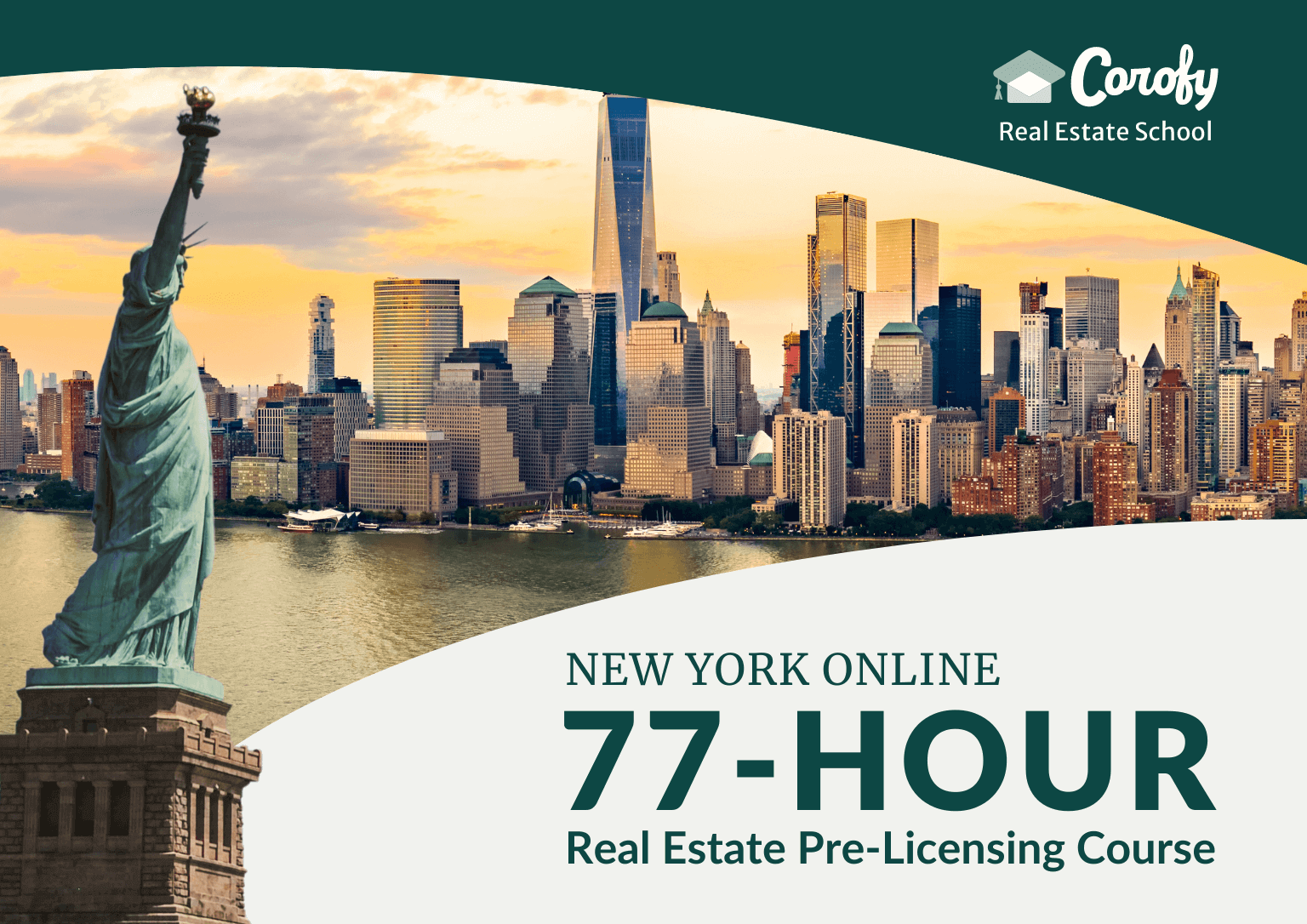In the world of real estate, there are numerous terms that can be confusing for both buyers and sellers. One such term is Planned Unit Development, commonly known as PUD. If you’re looking to obtain a real estate license or simply want to better understand the industry, it’s essential to have a clear grasp of what PUD entails. In this article, we will explain the concept of Planned Unit Development and its significance in the real estate market.
What is Planned Unit Development PUD?
Planned Unit Development (PUD) refers to a zoning designation that allows for the development of a mixed-use community or neighborhood. Unlike traditional zoning regulations that strictly separate residential, commercial, and recreational areas, PUD allows for a more flexible and comprehensive approach to land development.
Under PUD, developers have the opportunity to combine different types of properties, such as single-family homes, apartments, retail spaces, and parks, within a designated area. This approach encourages a balanced and sustainable development that takes into account the needs and preferences of the community.
One of the key benefits of a Planned Unit Development is the emphasis on creating a sense of community within the development. By integrating various types of properties and amenities, PUDs aim to foster social interaction and a strong neighborhood identity. This can lead to a more vibrant and cohesive living environment where residents can easily access essential services and recreational facilities without having to travel long distances.
Furthermore, Planned Unit Developments often incorporate green spaces and sustainable design principles to promote environmental conservation and enhance the overall quality of life for residents. These green areas not only provide recreational opportunities for residents but also help mitigate the urban heat island effect, improve air quality, and support biodiversity within the community. By prioritizing sustainability, PUDs contribute to creating healthier and more resilient neighborhoods that can adapt to future challenges such as climate change.
Understanding Planned Unit Development PUD
To fully comprehend the concept of Planned Unit Development, it’s important to explore its underlying principles and benefits. One key aspect of PUD is the emphasis on creating a sense of place and community. By integrating various land uses and amenities, PUD developments strive to provide residents with a vibrant and self-contained neighborhood.
Additionally, PUD often includes provisions for preserving natural resources, maintaining open spaces, and implementing sustainable design practices. These provisions play a crucial role in promoting environmental stewardship and enhancing the overall quality of life within the community.
Furthermore, the design of a Planned Unit Development typically involves a mix of housing types, such as single-family homes, townhouses, and apartments, to cater to a diverse range of residents. This diversity in housing options fosters a more inclusive and dynamic community, where people from different backgrounds can live and interact harmoniously.
Another important aspect of PUD is the focus on creating pedestrian-friendly environments with well-connected walkways, bike paths, and green spaces. These features not only promote a healthier lifestyle by encouraging physical activity but also contribute to reducing traffic congestion and fostering a strong sense of community engagement.
Why Is Planned Unit Development PUD Important?
The importance of Planned Unit Development in the real estate industry cannot be overstated. PUD offers a flexible framework that enables developers to create unique and innovative projects tailored to the needs of both residents and businesses. This level of flexibility fosters creativity and allows for the incorporation of diverse architectural styles and design elements.
Furthermore, PUD developments often attract a wide range of residents, including families, young professionals, and retirees. The availability of various housing options, combined with the presence of amenities such as schools, shopping centers, and parks, makes PUD communities appealing to individuals from all walks of life.
One key benefit of Planned Unit Developments is the emphasis on sustainable and environmentally friendly design practices. Many PUD projects incorporate green spaces, energy-efficient features, and water conservation measures, contributing to a more eco-conscious living environment. This focus on sustainability not only benefits the residents by reducing utility costs but also helps to preserve the natural surroundings and promote a healthier lifestyle.
Moreover, the community aspect of PUDs plays a significant role in fostering social connections and a sense of belonging among residents. With shared common areas, recreational facilities, and organized events, PUD communities encourage interaction and create a tight-knit neighborhood atmosphere. This sense of community not only enhances the quality of life for residents but also increases property values and overall desirability of the development.
Example of Planned Unit Development PUD
To better illustrate the concept of Planned Unit Development, let’s consider an example. Imagine a new development project that encompasses a mix of residential properties, retail outlets, and recreational facilities. Within this development, there could be a cluster of townhouses, a row of commercial spaces, and a central park for community gatherings.
This example showcases the versatility of PUD and its ability to create cohesive and dynamic neighborhoods. It allows for a harmonious blend of different land uses, fostering a sense of connectivity and interaction among residents and businesses.
In this hypothetical PUD scenario, the townhouses are designed with modern architecture and sustainable features such as solar panels and rainwater harvesting systems. The commercial spaces include trendy cafes, boutique shops, and co-working offices, catering to the diverse needs of the community. The central park is not just a green space but also a hub for cultural events, farmers’ markets, and outdoor yoga sessions.
Furthermore, the PUD development incorporates smart technology, with automated waste management systems, energy-efficient lighting, and shared mobility services like electric bike stations and carpooling programs. This integration of technology enhances the overall efficiency and sustainability of the community, reducing carbon footprint and promoting a greener lifestyle among residents and visitors.
Why Is Planned Unit Development PUD Important in Real Estate?
From a real estate perspective, Planned Unit Development offers numerous advantages. Developers who opt for PUD can benefit from increased flexibility in terms of design, land use, and density. This flexibility allows for a more efficient use of land and resources, potentially maximizing the project’s profitability.
Moreover, PUD often results in the creation of unique and appealing neighborhoods that stand out in the market. The integration of various amenities and the emphasis on community-building contribute to a higher perceived value of the properties within a PUD development.
One significant aspect of Planned Unit Development is the potential for environmental sustainability. By incorporating green building practices, open green spaces, and energy-efficient infrastructure, PUD projects can reduce their environmental impact and promote a healthier living environment for residents. This focus on sustainability not only aligns with modern trends towards eco-friendly development but also attracts environmentally conscious buyers and investors.
Furthermore, Planned Unit Developments often include a mix of residential, commercial, and recreational spaces within the same community. This mixed-use approach fosters a sense of vibrancy and convenience for residents, as they have access to essential services, entertainment options, and recreational facilities within close proximity to their homes. The diverse range of amenities available in PUDs enhances the overall quality of life for residents and contributes to a more dynamic and engaging living experience.
Conclusion
In conclusion, Planned Unit Development (PUD) is a vital concept in the realm of real estate. By bringing together different land uses and fostering a sense of community, PUD developments create vibrant and sustainable neighborhoods. The flexibility and innovative nature of PUD allow for the creation of unique projects that cater to the diverse needs and preferences of residents and businesses. Whether you’re considering obtaining a real estate license or simply seeking a deeper understanding of the industry, grasping the concept of PUD is essential for navigating the ever-evolving real estate market.



